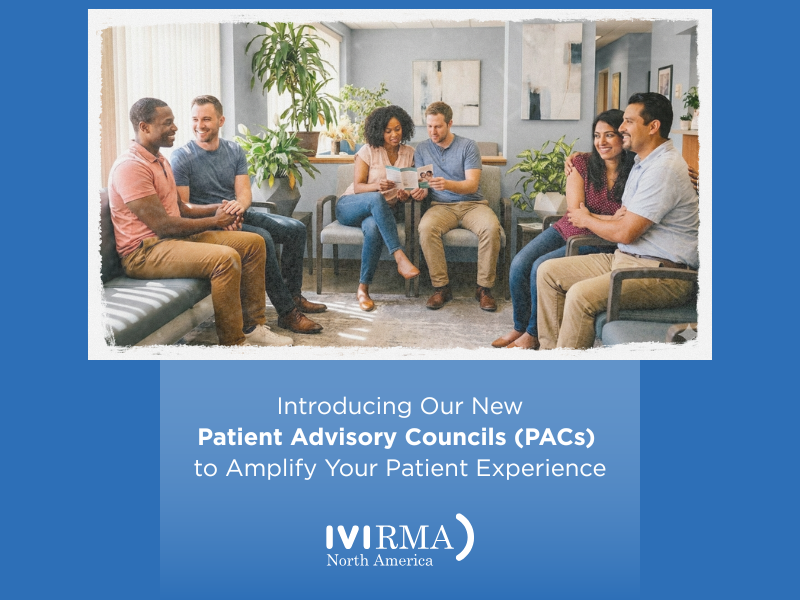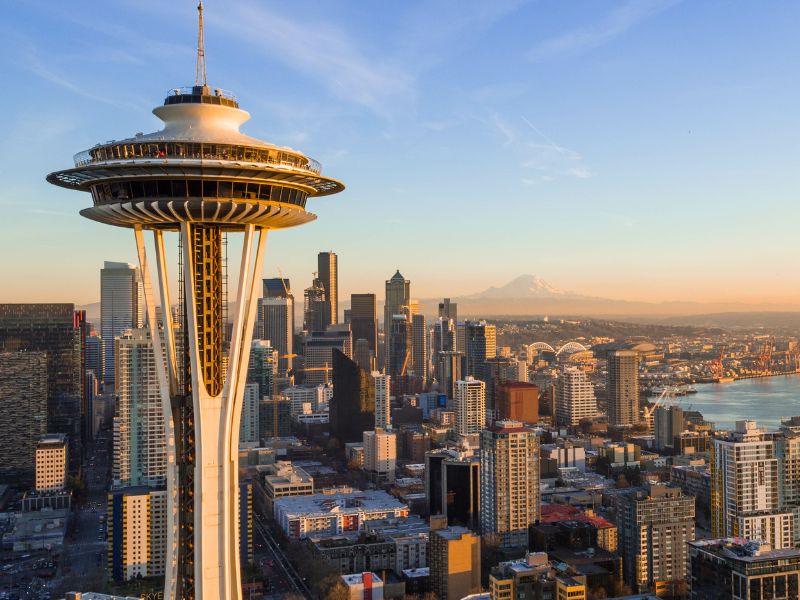Written by: Ralph Buchalter
Ralph Buchalter interviews Kate and John (RMANJ patients), and finds out what made their journey so rewarding. They share the up’s and down’s that they experienced on their path to parenthood. Read on as Ralph continues his series of interviews, with the goal to help other hopeful parents. We will be bringing you another interview next week – so stay tuned to our blog page.
Tell me about your story.
Kate: We started trying to have a family in 2012. I was 31, and my husband John was 30. We tried for a year before going to our local fertility clinic. Because we’re on the younger side, as well as the cost, we tried other therapies before going to IVF. However, they didn’t work. We then decided to give IVF a try with a local fertility clinic (not RMANJ), and had a decent retrieval — 12 eggs. The next morning, the embryologist called and said we didn’t have any fertilization. We didn’t really know what to do next.
John: A terrible day. We had already tried a year on our own before going to this local clinic. By the time we eventually got around to doing IVF at the nearby local fertility clinic, another year had gone by. Very demoralizing.
Kate: Later that same day, John talked to one of his closest friends, a physician who knew what we were going through.
John: He’d had colleagues who’d gone to RMANJ. He said, “Nothing against your local clinic, but you guys really need to be thinking about these SART rankings.” We knew about SART, but we weren’t aware that distance care for infertility was an option.
Kate: I thought it was reserved for celebrity clientele! I scheduled a call with Dr. Drews [at RMANJ]. It was a great call. He restored our confidence.
What was it about him?
He seemed calm. He had our results from our local fertility center and knew about our case. He didn’t criticize our local fertility clinic. He said, “I think they’re doing the right thing. But they don’t have the options that we have available in terms of genetic testing or the best selection of embryos. You had a bad outcome, but I don’t want you to think that it’s the only one you can have.”
It helped our decision that our local clinic agreed to do monitoring for us, so I still went there for all my ultrasounds and bloodwork. We went to RMANJ in Jan 2014, and I had 12 eggs retrieved.
John: Dr. Drews did the retrieval himself. He is the nicest, the most approachable guy ever.
Afterwards, Kate was a little out of it from the anesthesia, and I was a little emotional. Dr. Drews looked at me, and said, “there’s no way you’re going to get shut out here.” He didn’t guarantee that we were going to have a baby, just that the next 24 hours were going to be more positive than the last time. He was right!
Kate: We had ten eggs fertilized, and at the end of the week, we had four embryos remaining. Dr. Drews suggested that we try a single embryo transfer, which wasn’t even offered to us before. We thought that multiples were kind of the deal if we moved forward with IVF.
That was a hard decision, but I had been worrying about the risk of multiples, so we did a single embryo transfer.
When our nurse called and said that I’m pregnant, we were very emotional, just an amazing moment. And the same thing when we found out the gender, that we were having a boy.
I wanted to know before they transferred us to our OB up here. I felt like RMANJ had taken us so far on this journey, so I wanted them to be the ones to tell us.
We had our son Henry nine months later.
Last spring, we started the process again. We had a failure the first time, and a subsequent time my endometrial lining didn’t cooperate. We tried again, and I got pregnant with our daughter, who was just born last month.
What’s your advice for people considering working with a clinic?
John: For diagnostics, the best clinic available to you locally is fine. But if you’re having struggles and unanswered questions, like we did, RMANJ provides the best possible care, especially on the east coast.
Kate: One of the doctors told us when he first came to RMANJ he was amazed, because if he had any questions, he could just walk down the hall, since they were all doing such groundbreaking research.
The whole process takes a lot of perseverance — you can’t give up hope. You’re at a stage in your life where you’re surrounded by people who have kids or are pregnant. It’s a very difficult time. But everyone at RMANJ understands.
John: You should find people who respect the issue, either because they’ve personally gone through it or they know someone who did. If you don’t fall into one of those two camps, you almost can’t understand it.
How did RMANJ support you emotionally through your journey?
Kate: You could only call RMA up to 4pm, but sometimes I’d receive a call back at 6pm. I’m sure the people at RMANJ have their own families and their own responsibilities, but I feel like they wouldn’t leave until they addressed everyone.
It’s always a little scary, since you don’t know what’s going to come of your visit. Everyone was so consistent and supportive, even the check-in people.
Any final thoughts?
John: Our RMA experience, just the turnaround on it, was just remarkable. We had a failed cycle at our local fertility clinic in late 2013. By March 2014, Kate’s pregnant. It’s pretty impressive to me just in terms of the results.
Kate: The whole infertility journey is so stressful. You never know what the best next step is. And unique, because unlike being sick, at the end of it, you’re just so elated and happy, and it makes everything all worth it. We really felt sort of hopeless before we went to RMANJ. They gave us confidence where we needed confidence. We’re really grateful to RMA for helping us get through it and get to the other side.




